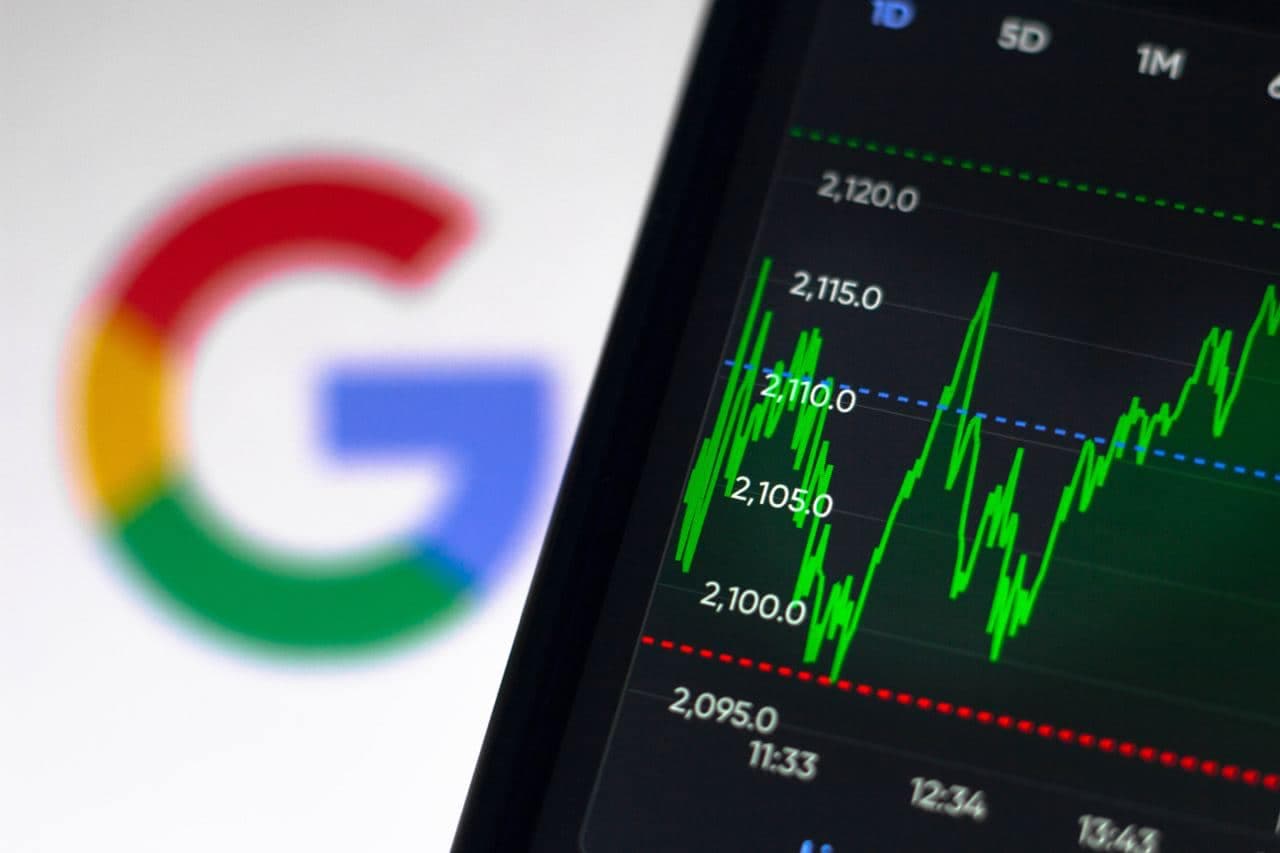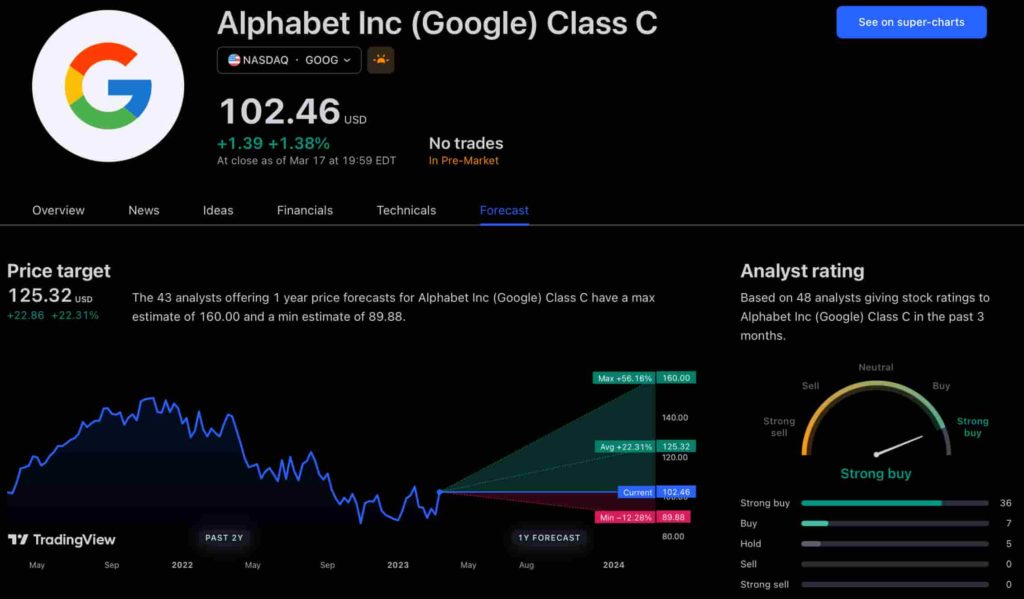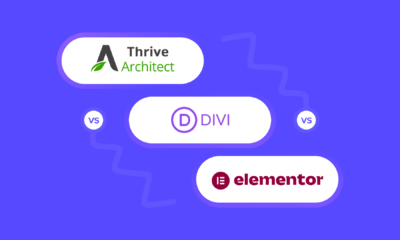The new app is called watchGPT and as I tipped off already, it gives you access to ChatGPT from your Apple Watch. Now the $10,000 question (or more accurately the $3.99 question, as that is the one-time cost of the app) is why having ChatGPT on your wrist is remotely necessary, so let’s dive into what exactly the app can do.
NEWS
Social Media Bottlenecks: 54% of Professionals Experience Communication Breakdowns Between Businesses and Agencies

There is no secret that working in the social media field is not a child’s play. The demanding clients, frequent algorithm changes and the daily struggle to keep engagement rates high can really place a high tool of even the most experienced social media manager.
This is especially true in uncertain times like these when all brands need to worry about crisis management. Most people working in social media agencies will have to face certain bottlenecks and overcome them as fast as possible if they want to succeed as social media specialists.
In order to pinpoint these social media bottlenecks that usually happen between businesses and agencies, the team at Socialinsider has conducted a thorough social media survey, with over 320 professionals pitching in.
This data can be used by agencies to automate key processes, discover the industry benchmarks and find innovative ways to better manage their resources and time.
Whether you are working in social media for an agency or you are employed by a corporation, the information presented below is detrimental to your success in 2020 and beyond.
The Challenges of Generating Sales
Probably one of the biggest challenges social media agencies face is to translate their social media efforts into actual sales and return on investment (ROI). The client’s focus will also be on sales and ROI.
On the other hand, the agency needs to take into account several factors.
This bottleneck is quite common nowadays, with over 35% social media managers who responded to the Socialinsider survey claiming that they have a hard time delivering on sales. While views and conversions may be instant, conversions take much longer. This usually happens because social media is a medium perfect for boosting brand awareness and interacting with the target audience, instead of conversion.
Granted, social media interactions should play a key part in the conversion funnel and are usually rewarded in a linear attribution model. However, companies have to understand that they should perceive social media campaigns as a long-term investment in their brand and not as immediate means of getting conversions.
During a crisis, time is of the essence. However, communication with customers is more important than ever, despite the fact that results might not be immediate.
In order to overcome this bottleneck, social media professionals have to make their clients understand that they need to consider potential leads as anyone who engages with their posts. For example, if certain users keep leaving comments or liking posts, the company should either contact them privately or simply create dedicated lead ads for them.
Of course, while providing tangible ROI can be quite a difficult task, professionals should create bespoke performance reports that are tied to the client’s KPIs and goals. Each goal should be personalized to the unique needs of the customers.
When customers understand their goals and can see an estimate of how the agency can achieve these goals, they become easier to manage and begin to realize how things work in the social media world.
Communication is a Big Problem
Over 54% of respondents to the study, which is more than half, struggle to make their clients understand the true value of their investment. Communication is a huge problem especially when it comes to setting a budget.
Bluntly speaking, social media managers have a hard time convincing their partners that they need to invest more money in social media if they want to expect good results.
If the results are lower than desired, it might mean that businesses have to invest more money, use advanced automation tools, create a strong business strategy, have in place a customer care plan, and also focus on audience and retargeting campaigns.
Additionally, another major issue is setting up a proper customer care strategy. Without it, most of their social media leads could go away, or go cold. To make it easier to convert, positive reviews online and promptly responding to prospects’ questions and queries can make a difference.
Businesses and Agencies Perceive Social Media Metrics Differently
Some metrics are more important than others. However, many clients fail to understand which metrics are truly important in social media. This is how the next bottleneck starts to reveal itself. There is a global misunderstanding that happens when businesses fail to grasp the importance of metrics that are valued by SMMs from the agency. This bottleneck is directly diet to the two bottlenecks presented above, such as communication and the need to generate sales.
For social media professionals, the most important social media metrics are engagement rate per post, followed by comments & likes per post. The third spot is total reach, while the fourth one fans or page growth. On the other hand, clients and businesses have a totally different opinion on the importance of goals.
First, they are impressed most by page growth or the number of fan growth, they by comments & likes, followed by engagement rate per post. The bottleneck that SMMs have to overcome at this point is clearly explaining to business owners that the average engagement rate per post is considered to be more important than the number of new fans or page growth.
A complete monthly social media report should include growth, average engagement and reach, together with information about the audience, clicks, number of comments and of course conversions. Side by side comparisons are mandatory, especially when these show constant growth in key areas.
Spending too Much Time on Monthly Reports
Over 51% of respondents to the study by Social Insider declared that they create monthly reports for their clients. However, over 55% said that they take around 4 hours to create a full report.
While the importance of monthly reports cannot be minimized, spending too much time is not a good practice. Far from it, it represents a bottleneck that affects a growing number of social media agencies.
What’s even worse is that around 31% spend between 4 and 10 hours on the report, while 14% spend a whopping 16+ hours. This is a huge bottleneck that is affecting the performance of social media agencies and is taking a lot of precious time. The best way to overcome this bottleneck is to leverage the power of automation wherever you can: analytic tools, publishing tools, reporting tools. etc.
Investing Resources in the Right Platforms
Lastly, social media experts are facing an interesting bottleneck, by not knowing on which platform they should advertise their clients’ businesses. Normally, the client asks for recommendations from the agency when it comes to advertising mediums, so the agency needs to be prepared with a complete list.
You need to be able to identify the right social media platform that you want to use for each customer. To overcome this bottleneck, you need to start by understanding the pros and cons of each social media platform.
For instance, Twitter might work better for companies in the US & UK, so you should probably not use it for a Russia-based company. On the other hand, you should advertise Russian companies on VK and other local platforms.
For B2B sellers, LinkedIn and Quora work best, while B2C retailers can make the most out of paid ads by using Facebook, Instagram, and YouTube.
According to the survey, over 320 social media managers, specialists, and directors have chosen Instagram and Facebook as their main platforms, but the efforts and resources allocated for promotion on these two platforms are being reduced in 2020.
For instance, Instagram, a platform used by 71.5% as primary in 2019, has gone down to 68.6% in 2020. Obviously, due to numerous scandals and a lack of profitability, Facebook also decreased in the preferences from 66.4% in 2019 to under 49.6% in 2020.
While Facebook and Instagram are the only two losers on this equation, the other top social media platforms seem to be doing just great. LinkedIn grew in interest from 27% to 37.2%, YouTube from 14.6% to 30.7%, Pinterest from 8% to 18.2%, and even Twitter enjoyed a small growth from 17.5% to 22.6%. The big surprise comes from TikTok and Whatsapp, two new players that will grow from 4.4% to over 18%, respectively 2.2% to 10.9%.
Facebook Faces Yet Another Outage: Platform Encounters Technical Issues Again

Uppdated: It seems that today’s issues with Facebook haven’t affected as many users as the last time. A smaller group of people appears to be impacted this time around, which is a relief compared to the larger incident before. Nevertheless, it’s still frustrating for those affected, and hopefully, the issues will be resolved soon by the Facebook team.
Facebook had another problem today (March 20, 2024). According to Downdetector, a website that shows when other websites are not working, many people had trouble using Facebook.
This isn’t the first time Facebook has had issues. Just a little while ago, there was another problem that stopped people from using the site. Today, when people tried to use Facebook, it didn’t work like it should. People couldn’t see their friends’ posts, and sometimes the website wouldn’t even load.
Downdetector, which watches out for problems on websites, showed that lots of people were having trouble with Facebook. People from all over the world said they couldn’t use the site, and they were not happy about it.
When websites like Facebook have problems, it affects a lot of people. It’s not just about not being able to see posts or chat with friends. It can also impact businesses that use Facebook to reach customers.
Since Facebook owns Messenger and Instagram, the problems with Facebook also meant that people had trouble using these apps. It made the situation even more frustrating for many users, who rely on these apps to stay connected with others.
During this recent problem, one thing is obvious: the internet is always changing, and even big websites like Facebook can have problems. While people wait for Facebook to fix the issue, it shows us how easily things online can go wrong. It’s a good reminder that we should have backup plans for staying connected online, just in case something like this happens again.
NEWS
We asked ChatGPT what will be Google (GOOG) stock price for 2030

Investors who have invested in Alphabet Inc. (NASDAQ: GOOG) stock have reaped significant benefits from the company’s robust financial performance over the last five years. Google’s dominance in the online advertising market has been a key driver of the company’s consistent revenue growth and impressive profit margins.
In addition, Google has expanded its operations into related fields such as cloud computing and artificial intelligence. These areas show great promise as future growth drivers, making them increasingly attractive to investors. Notably, Alphabet’s stock price has been rising due to investor interest in the company’s recent initiatives in the fast-developing field of artificial intelligence (AI), adding generative AI features to Gmail and Google Docs.
However, when it comes to predicting the future pricing of a corporation like Google, there are many factors to consider. With this in mind, Finbold turned to the artificial intelligence tool ChatGPT to suggest a likely pricing range for GOOG stock by 2030. Although the tool was unable to give a definitive price range, it did note the following:
“Over the long term, Google has a track record of strong financial performance and has shown an ability to adapt to changing market conditions. As such, it’s reasonable to expect that Google’s stock price may continue to appreciate over time.”
GOOG stock price prediction
While attempting to estimate the price range of future transactions, it is essential to consider a variety of measures in addition to the AI chat tool, which includes deep learning algorithms and stock market experts.
Finbold collected forecasts provided by CoinPriceForecast, a finance prediction tool that utilizes machine self-learning technology, to anticipate Google stock price by the end of 2030 to compare with ChatGPT’s projection.
According to the most recent long-term estimate, which Finbold obtained on March 20, the price of Google will rise beyond $200 in 2030 and touch $247 by the end of the year, which would indicate a 141% gain from today to the end of the year.
Google has been assigned a recommendation of ‘strong buy’ by the majority of analysts working on Wall Street for a more near-term time frame. Significantly, 36 analysts of the 48 have recommended a “strong buy,” while seven people have advocated a “buy.” The remaining five analysts had given a ‘hold’ rating.

The average price projection for Alphabet stock over the last three months has been $125.32; this objective represents a 22.31% upside from its current price. It’s interesting to note that the maximum price forecast for the next year is $160, representing a gain of 56.16% from the stock’s current price of $102.46.
While the outlook for Google stock may be positive, it’s important to keep in mind that some potential challenges and risks could impact its performance, including competition from ChatGPT itself, which could affect Google’s price.
Disclaimer: The content on this site should not be considered investment advice. Investing is speculative. When investing, your capital is at risk.
NEWS
This Apple Watch app brings ChatGPT to your wrist — here’s why you want it

ChatGPT feels like it is everywhere at the moment; the AI-powered tool is rapidly starting to feel like internet connected home devices where you are left wondering if your flower pot really needed Bluetooth. However, after hearing about a new Apple Watch app that brings ChatGPT to your favorite wrist computer, I’m actually convinced this one is worth checking out.
-

 SEARCHENGINES6 days ago
SEARCHENGINES6 days agoMore Google March 2024 Core Update Ranking Volatility
-

 PPC6 days ago
PPC6 days agoCompetitor Monitoring: 7 ways to keep watch on the competition
-

 PPC6 days ago
PPC6 days agoA History of Google AdWords and Google Ads: Revolutionizing Digital Advertising & Marketing Since 2000
-

 PPC6 days ago
PPC6 days ago31 Ready-to-Go Mother’s Day Messages for Social Media, Email, & More
-

 WORDPRESS6 days ago
WORDPRESS6 days agoThrive Architect vs Divi vs Elementor
-

 WORDPRESS5 days ago
WORDPRESS5 days agoTurkish startup ikas attracts $20M for its e-commerce platform designed for small businesses
-

 MARKETING4 days ago
MARKETING4 days agoRoundel Media Studio: What to Expect From Target’s New Self-Service Platform
-

 SEARCHENGINES5 days ago
SEARCHENGINES5 days agoGoogle Search Results Can Be Harmful & Dangerous In Some Cases














